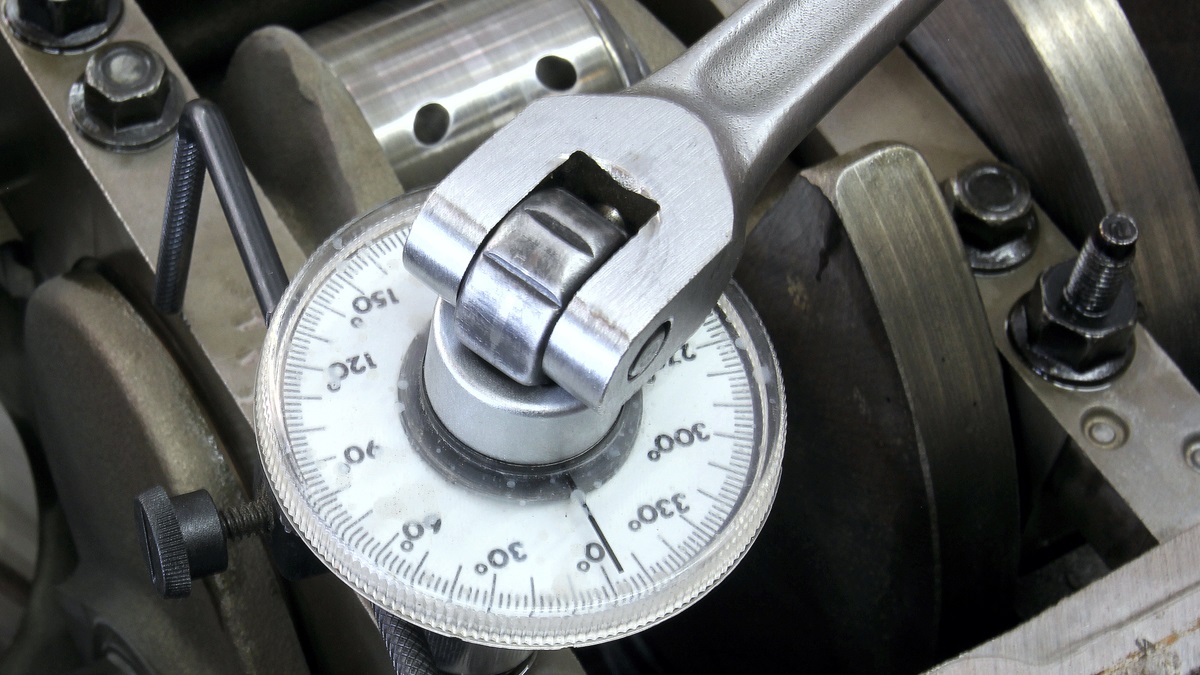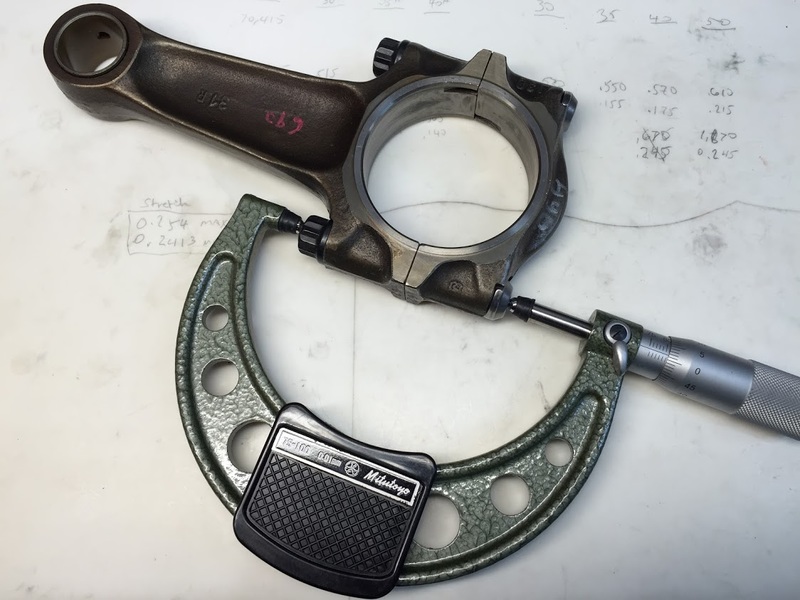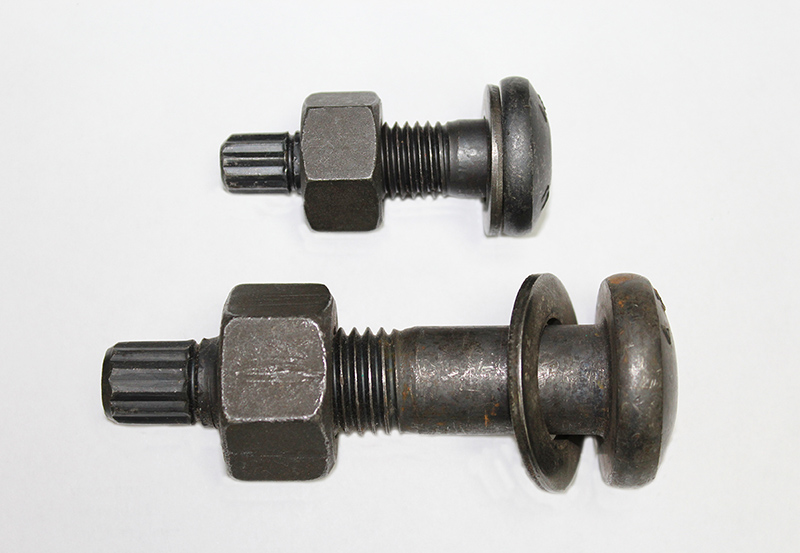Four Ways to Tension Threaded Fasteners
Threaded fasteners (e.g., bolts, nuts, and screws) are so common that imagining a world without them is hard. Yet, our society is highly dependent on them. Consider the lug nuts that keep the wheels attached to our vehicles while driving or the bolts that hold together structural steel members in bridges and buildings. They’re all around us, often serving critical functions.
How Do Threaded Fasteners Work?
At their most basic level, threaded fasteners function like a stretched spring. Although it is impractical for your eyes to detect a fastener’s minute amount of stretch, the fastener material's elastic properties – often carbon or stainless steel – allow the fastener to stretch. When a fastener stretches, the resulting tension produces a force that clamps the items together.
Fastener Tensioning Methods
Four of the most common methods used to tension fasteners are (1) the torque method, (2) the turn-of-nut method, (3) the elongation method, and (4) the direct tension method.
1. Torque Method

The torque method is one of the most common and familiar methods of tensioning fasteners. The desired torque value is applied to the fastener using calibrated tooling – such as a torque wrench. Torque (a rotational force often specified in foot-pounds) produces tension (clamping force) in threaded joints.
The amount of tension produced using the torque method depends on factors such as:
- joint dimensions
- surface finishes
- material types
- hardness of the parts
- thread types and tolerances
- thread manufacturing process (e.g., cut vs. rolled threads)
- plating thickness and types
- number of times the fastener will be reused
- washers (i.e., present or not)
- speed of torquing
- component being torqued (i.e., turning the nut vs. the bolt)
- lubricants (if any)
Given the number of factors involved, it should be noted that the torque method produces a fastener tension that varies by approximately +/- 25 percent of the intended tension.
2. Turn-of-Nut Method

This method involves running down the nut to the bearing surface, tightening the fastener to a low initial snug-tight condition, and then applying a prescribed number of turns of the nut – often one-third to three-quarters of a full rotation – to develop the required tension. According to Shigley’s Mechanical Engineering Design, "snug-tight" is attained by a few impacts of an impact wrench or the full effort of a person using an ordinary wrench. Once the nut is snug-tight, any additional turning develops useful tension in the bolt.
The turn-of-nut method is a popular and reasonably reliable method for tensioning structural bolts without needing torque wrenches or specialized tension measuring devices. This method controls the fastener tension to within approximately +/- 15 percent of the intended tension.
3. Elongation Method

The elongation method can be used when the overall length of the bolt can be measured with a micrometer after assembly. The bolt’s tension can be calculated using Hooke’s Law and the measured elongation.
While this may appear straightforward, some factors can complicate this method. For example, using the spring analogy, the bolt can be visualized as a multi-piece spring. That is, the unthreaded shank of the bolt is a stiff spring, while the threaded portion of the bolt is a less stiff spring (due to its smaller cross-sectional area). Therefore, when the bolt is loaded, the threaded portion of the bolt will stretch more than the unthreaded shank of the bolt.
To use the elongation method, you must first determine the amount of stretch each portion of the bolt contributes to the overall stretch. The elongation method often achieves a fastener tension that is accurate within approximately +/- 3 to 5 percent of the intended tension.
4. Direct Tension Method

Since none of the previously mentioned methods directly control the fastener tension, several creative methods have been developed to let the user know when the necessary fastener tension has been achieved, ensuring the joint has an adequate clamp load. A few of these methods are as follows:
- Direct tension indicating (DTI) washers often have hollow bumps on one side of the washer that flatten as the fastener is tensioned. A feeler gauge is used to measure the gap produced by the bumps. When the fastener has developed the appropriate tension, the feeler gauge will no longer fit in the gap.
- Proper tension can also be controlled using DTI bolts and bolts containing strain gages manufactured within the fastener. However, DTI bolts are more expensive and less common than DTI washers.
- Tension control (TC) bolts, which are common in critical steel applications, feature a bolt with an end spline that disconnects when the appropriate fastener tension is reached. While TC bolts only require a single person for assembly, a specialized tool is required for installation.
- Hydraulic tensioners are sometimes used to tension large-diameter bolts. A hydraulic tensioner has an upper collar threaded onto the exposed thread above the nut. Hydraulic pressure is then used to stretch the bolt, creating a gap between the nut and the joint surface. The nut is then run down freely against the surface of the joint. When the hydraulic pressure is relieved, the nut continues to hold much of the tension developed.
Most direct tensioning methods control the tension within approximately +/- 1 percent of the intended tension.
Conclusion
Threaded fasteners offer many advantages to our society. The simple fact that we can quickly assemble or disassemble a threaded joint with standard tools is nice. Further, in many cases, working with threaded fasteners can be done without specialized training or an advanced skill level (such as welding). This inherent simplicity, however, can lead to overconfidence and possibly even catastrophic damage if an inappropriate tensioning method is used.
Tensioning Method | Tension Accuracy |
|---|---|
Torque Method | +/-25% |
Turn-of-Nut Method | +/-15% |
Elongation Method | +/-3% to 5% |
Direct Tension Method | +/-1% |
Understanding the tensioning method employed in a specific application and the accuracy of the tension associated with the method is fundamental to ensuring the success of the joint.
Learn about how EDT Forensic Engineering & Consulting approaches scope of damage, and forensic engineering by assigning a file today.

